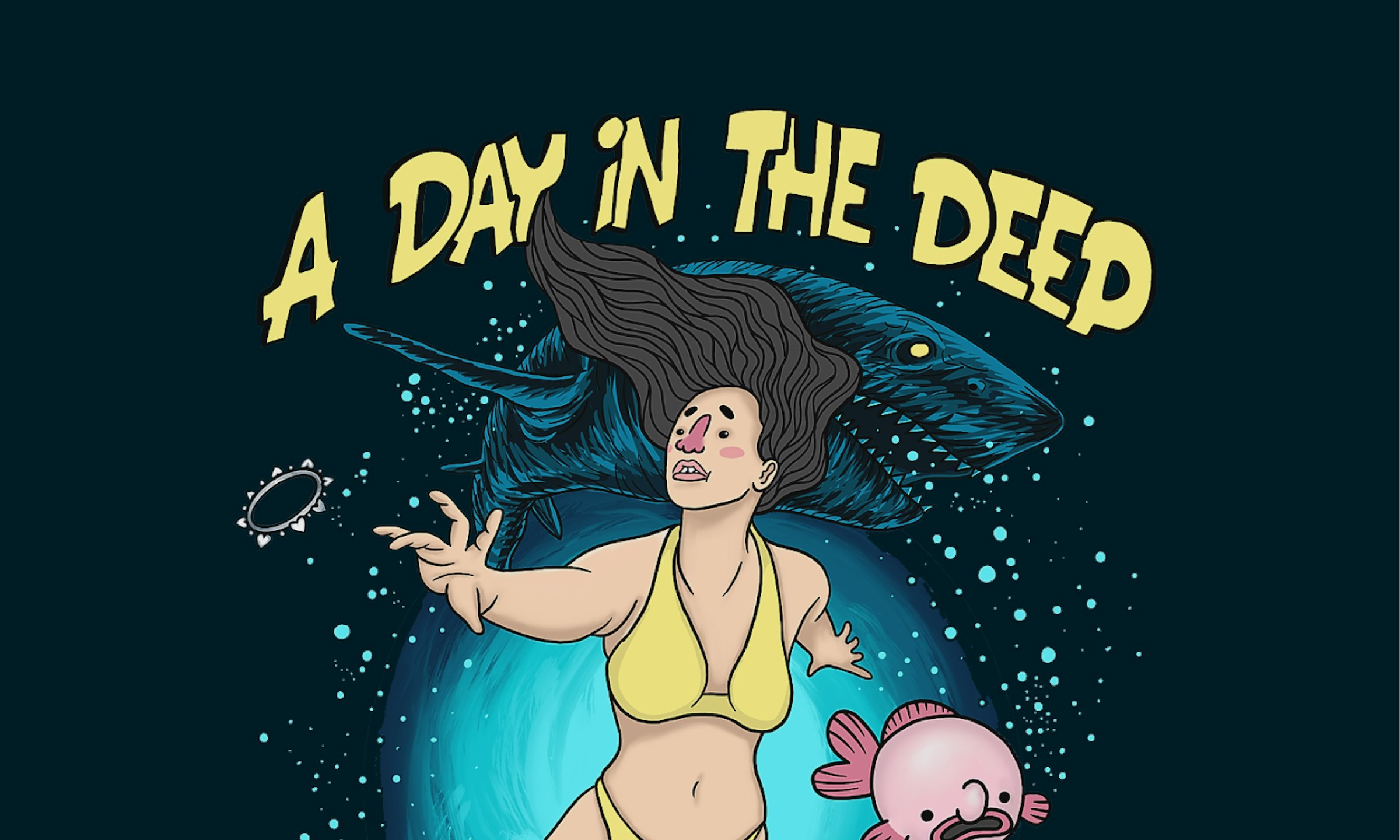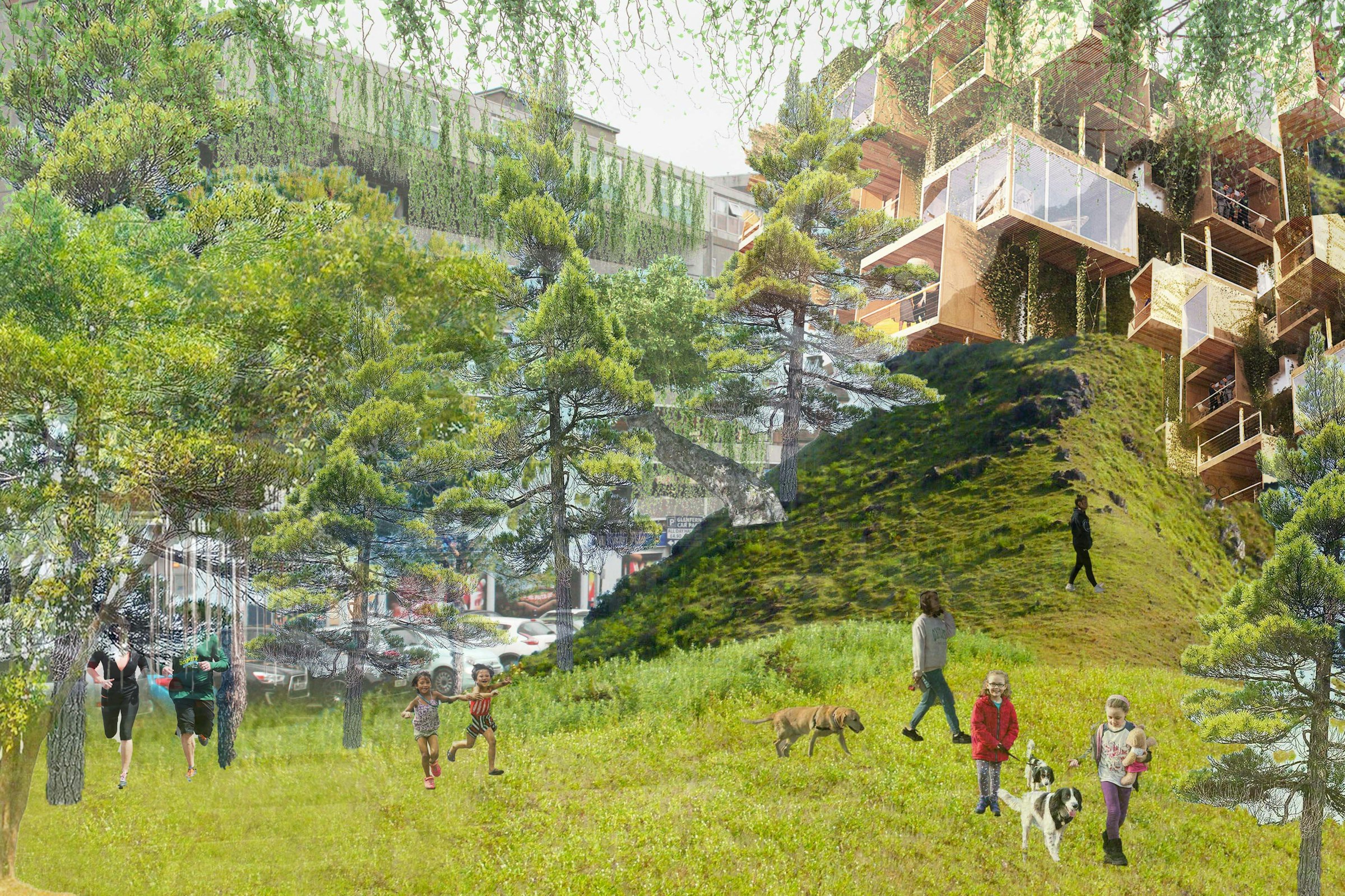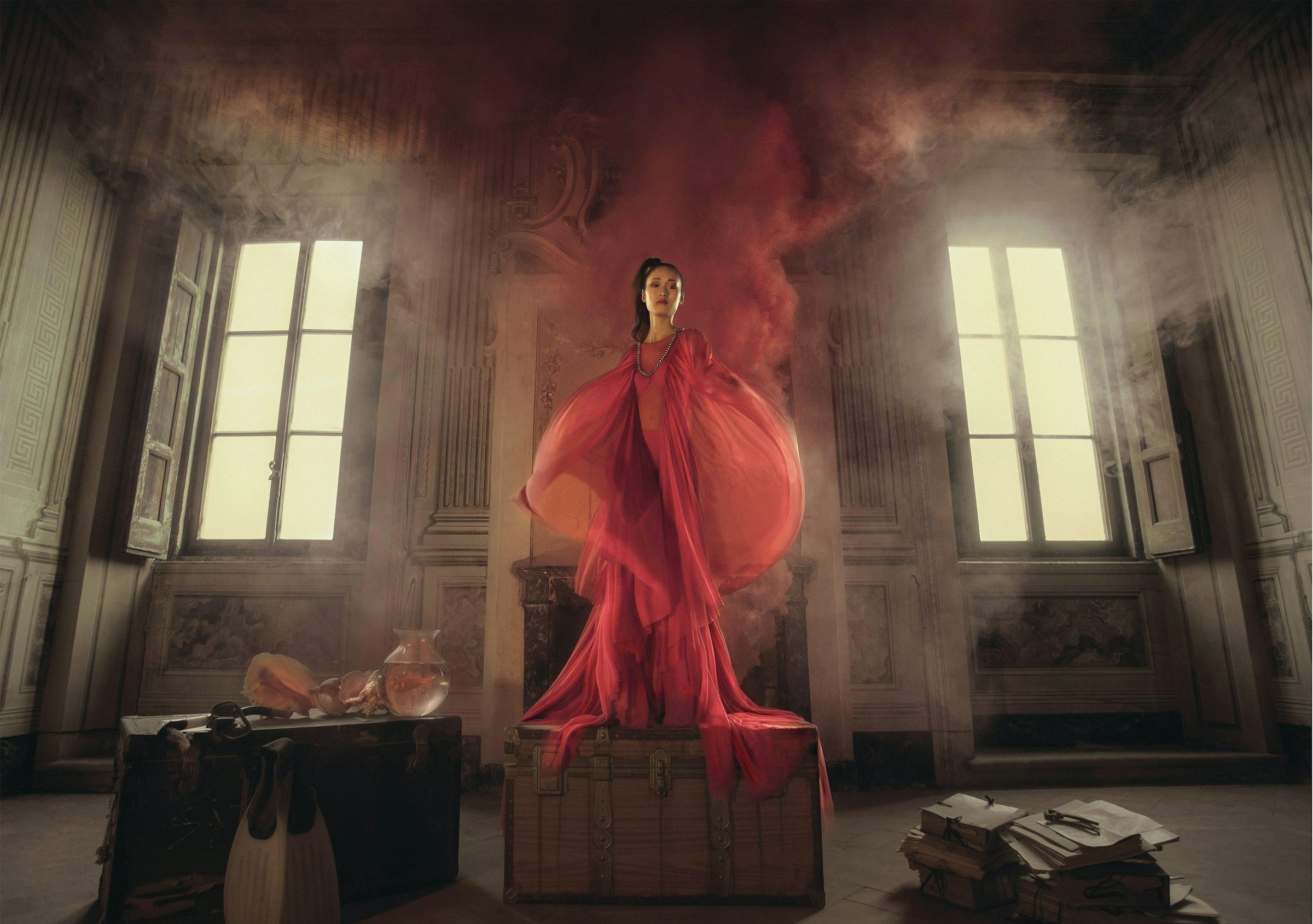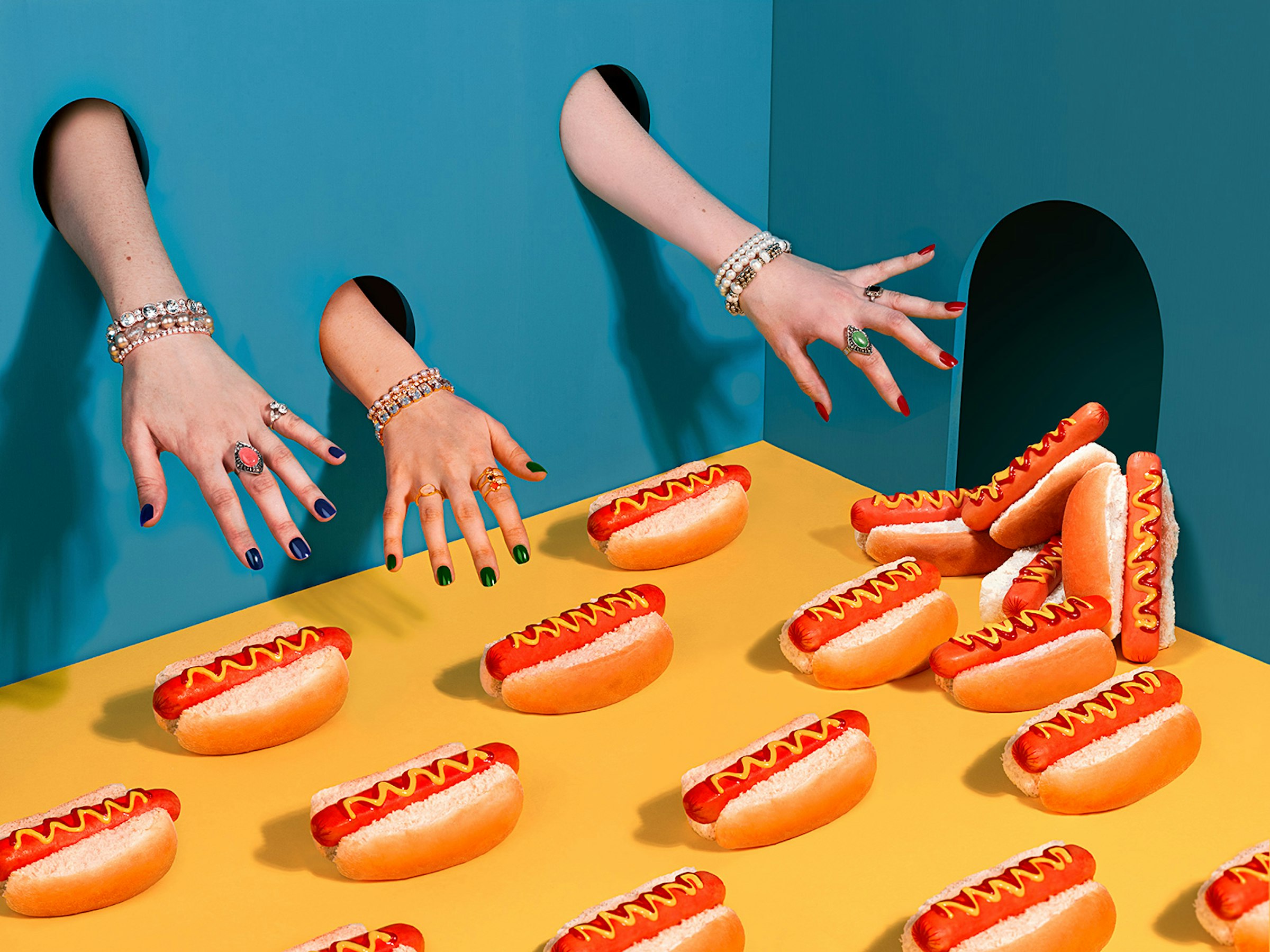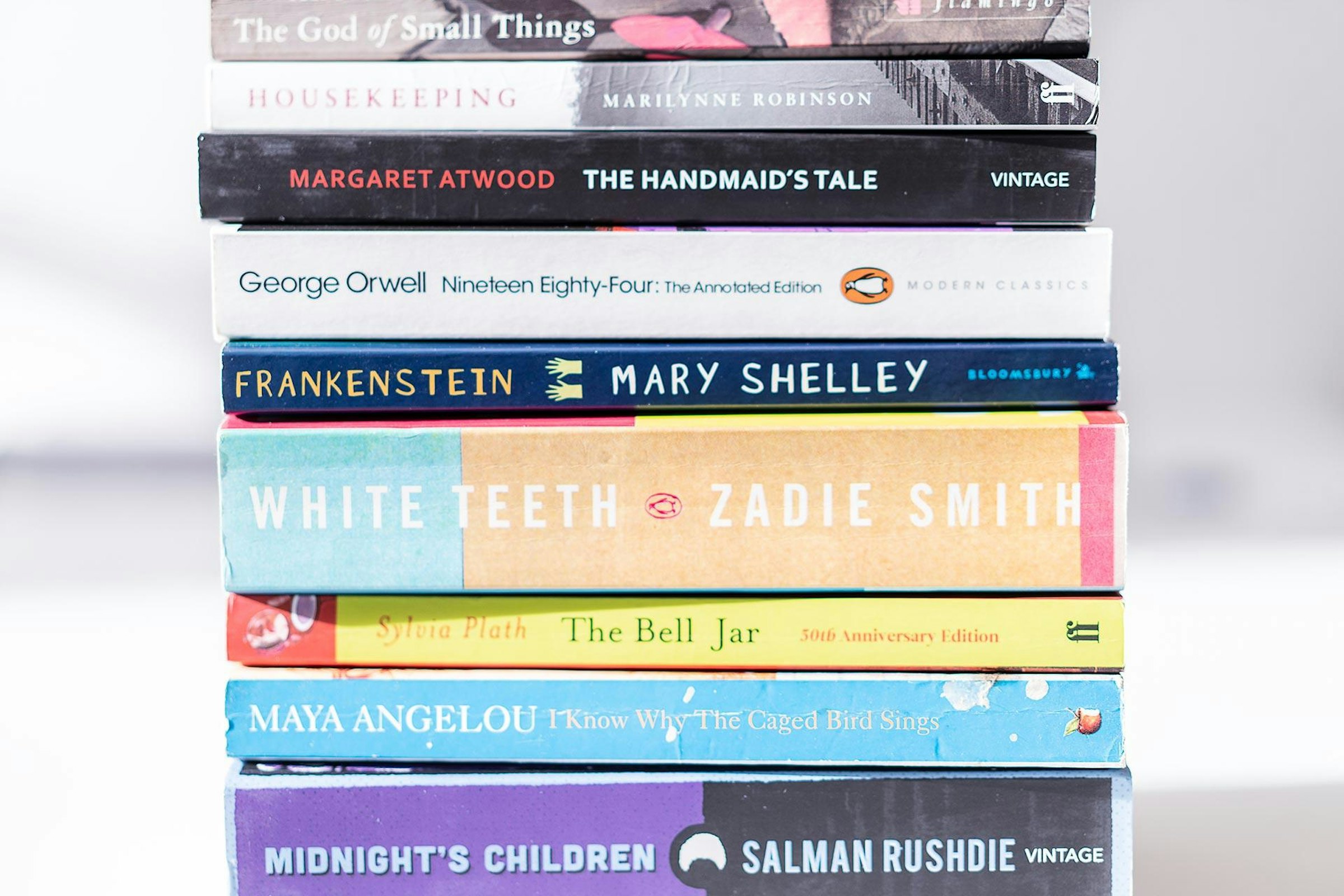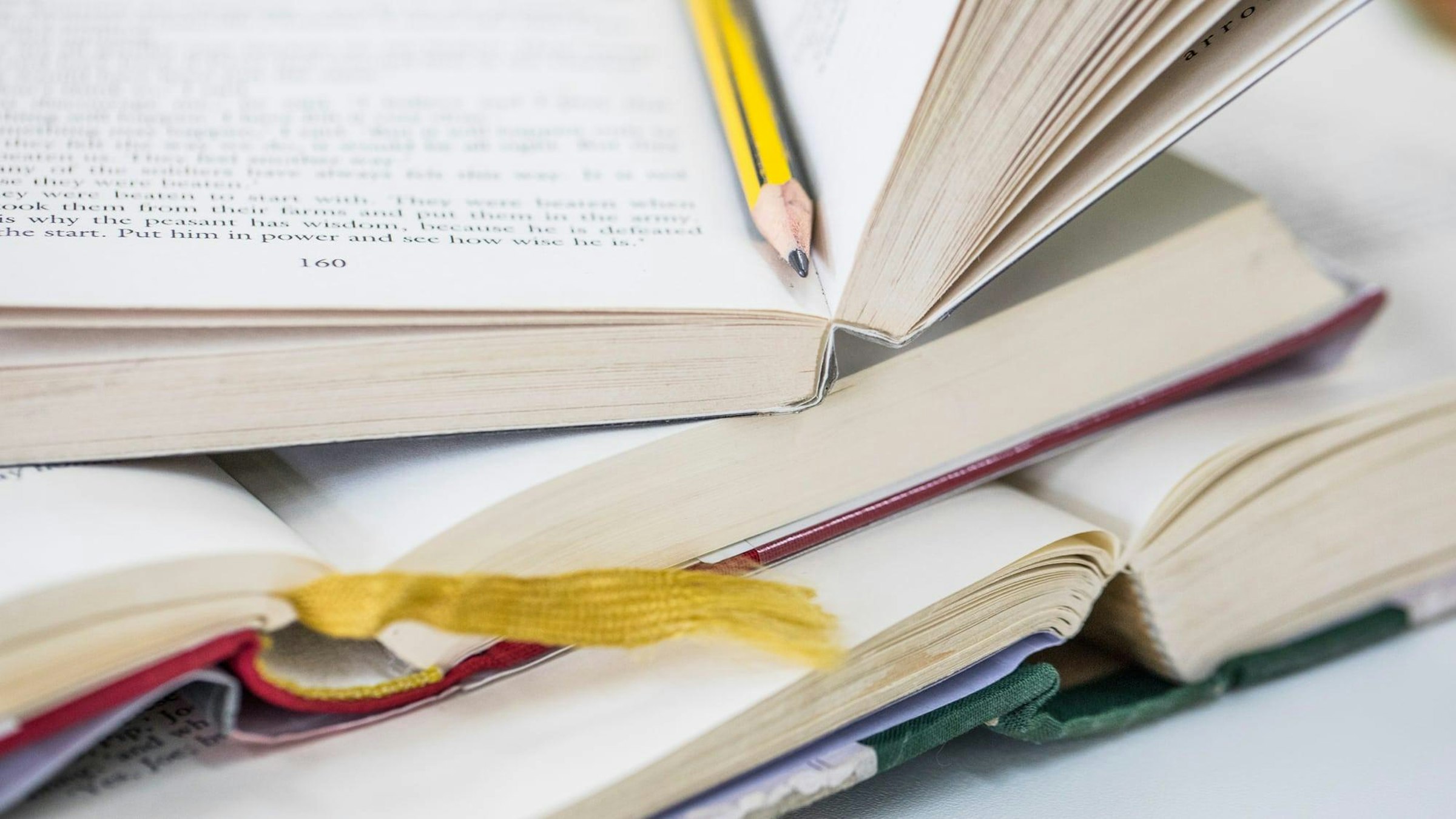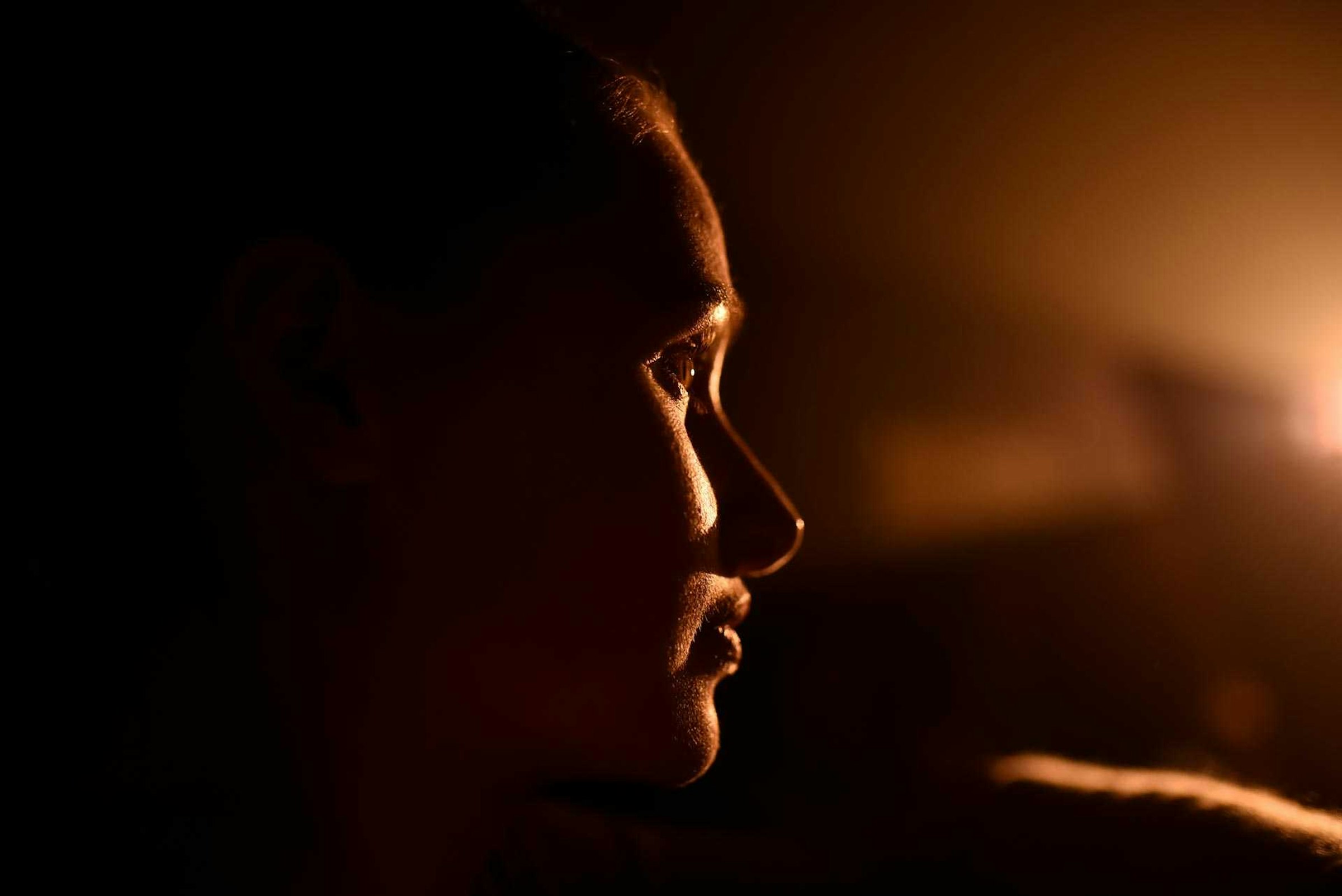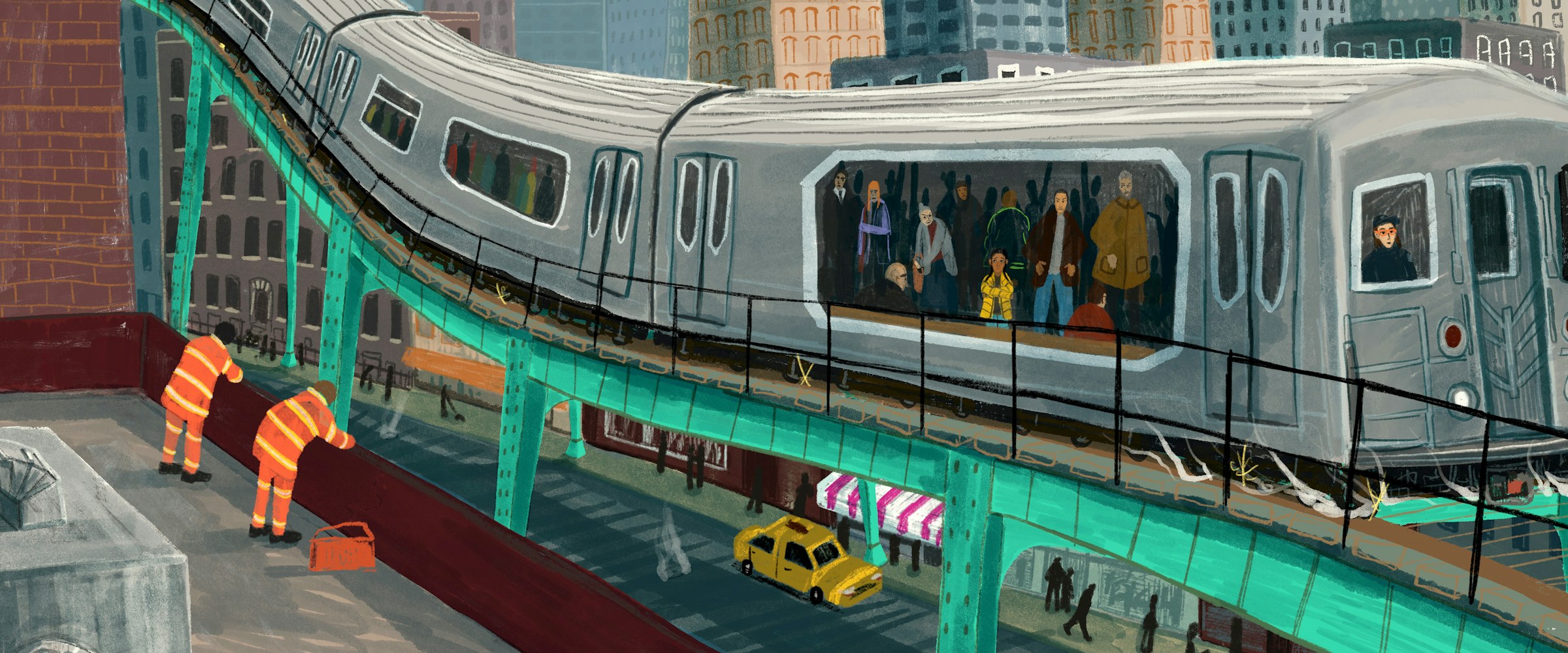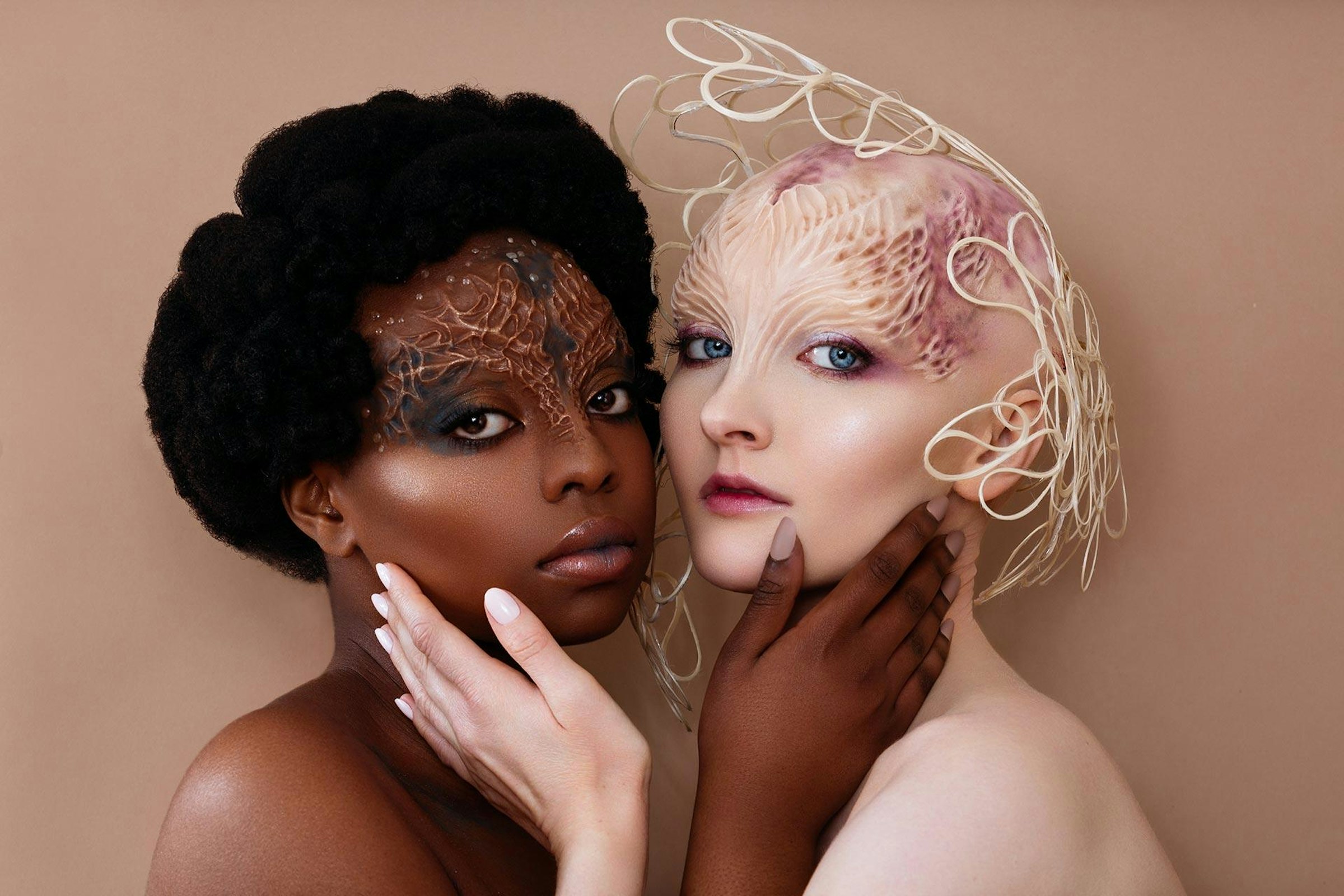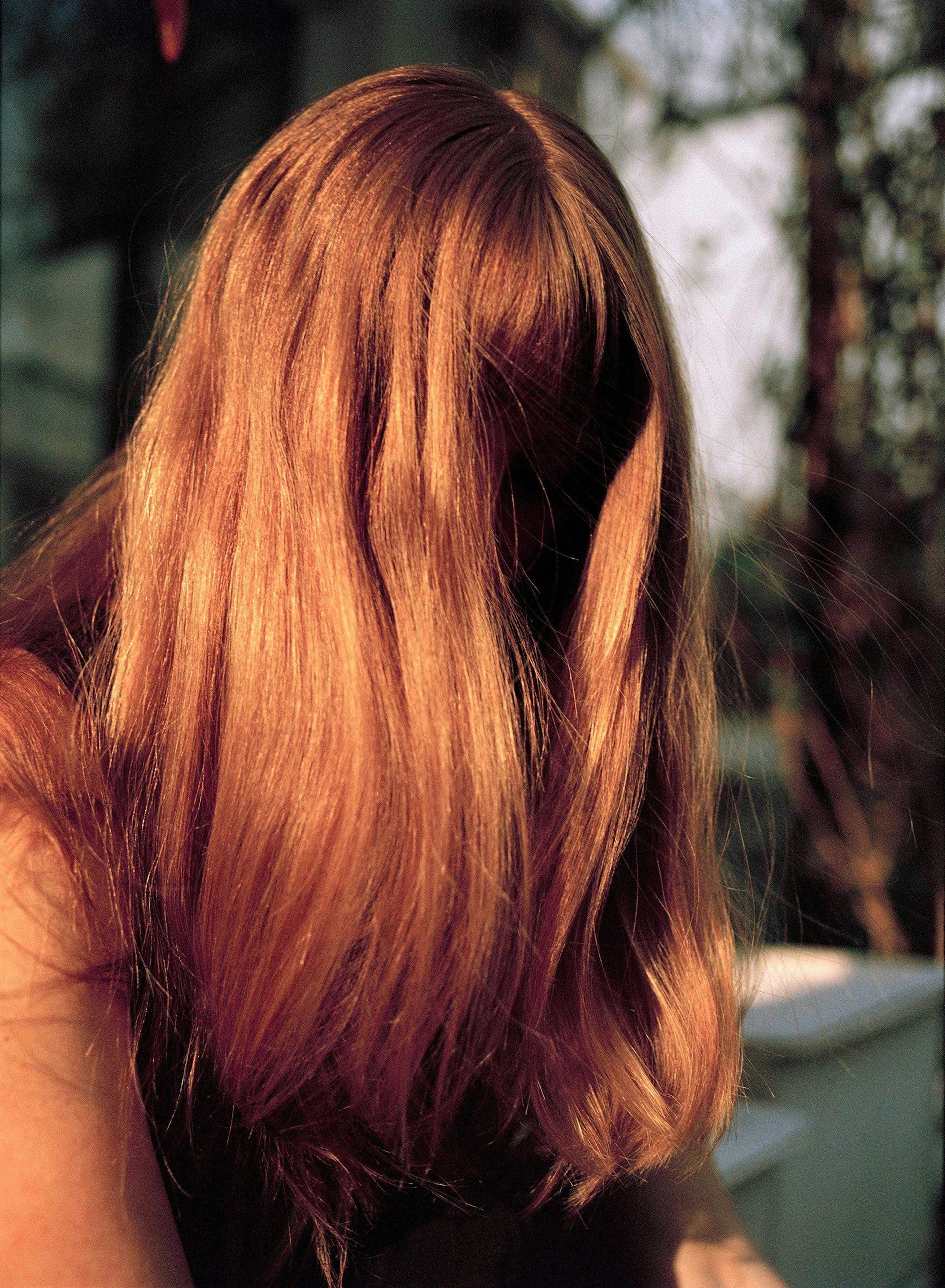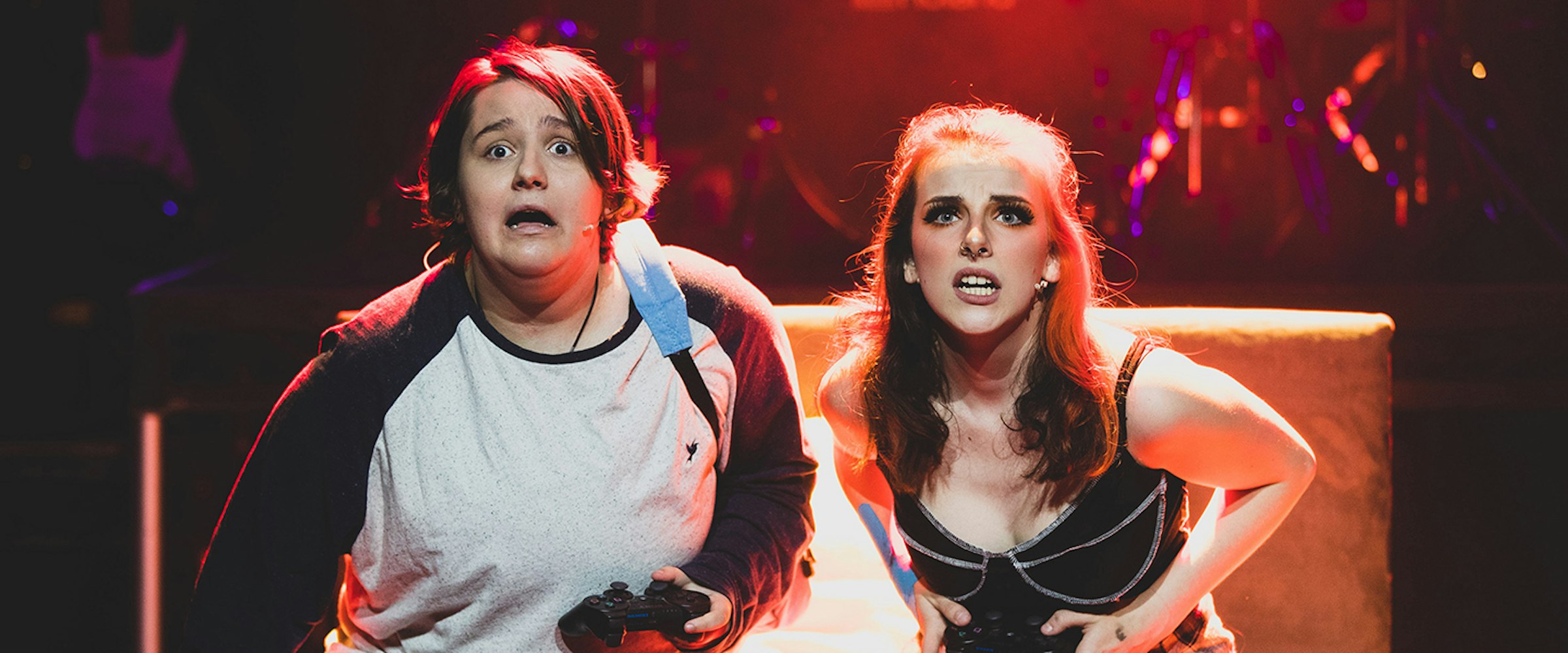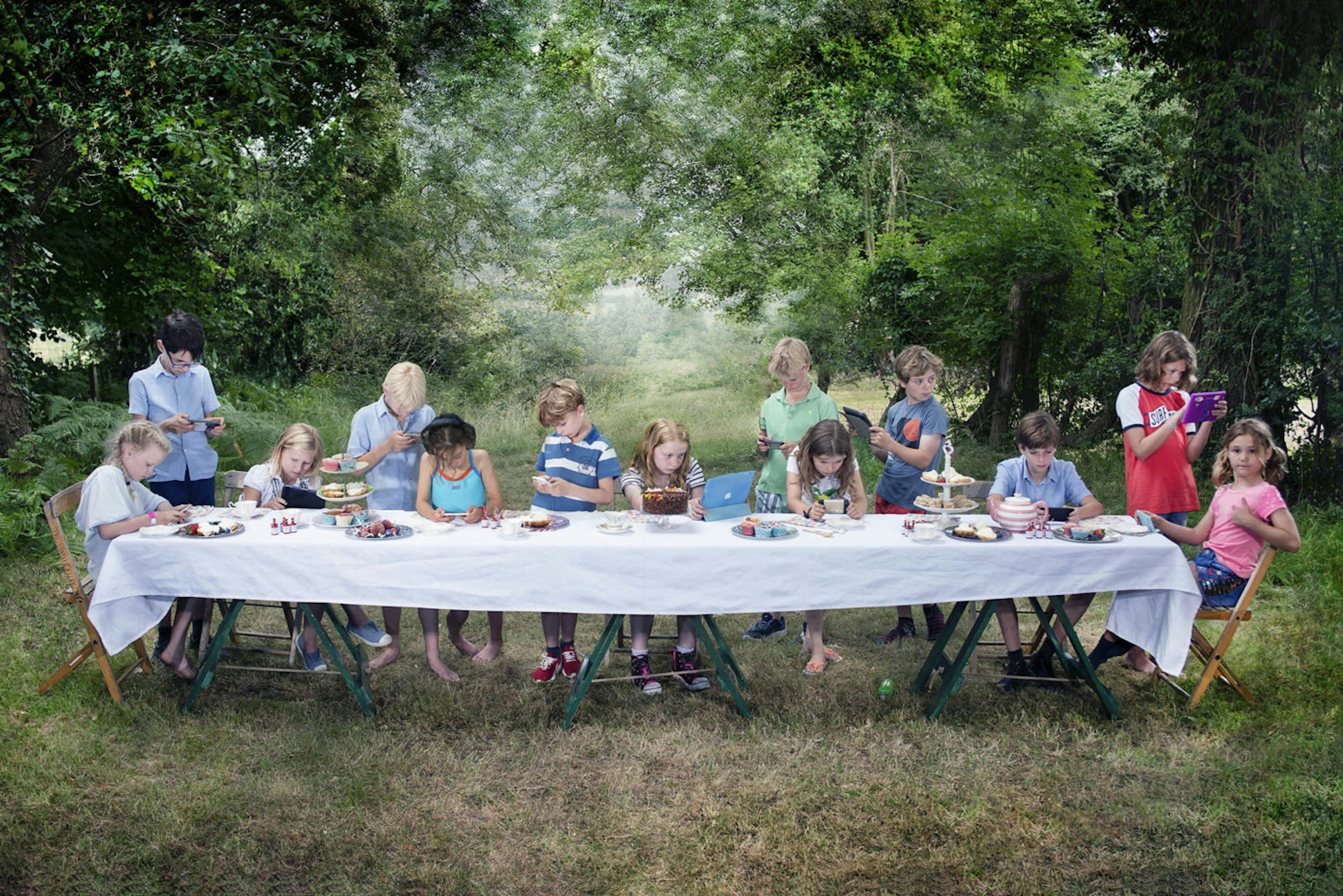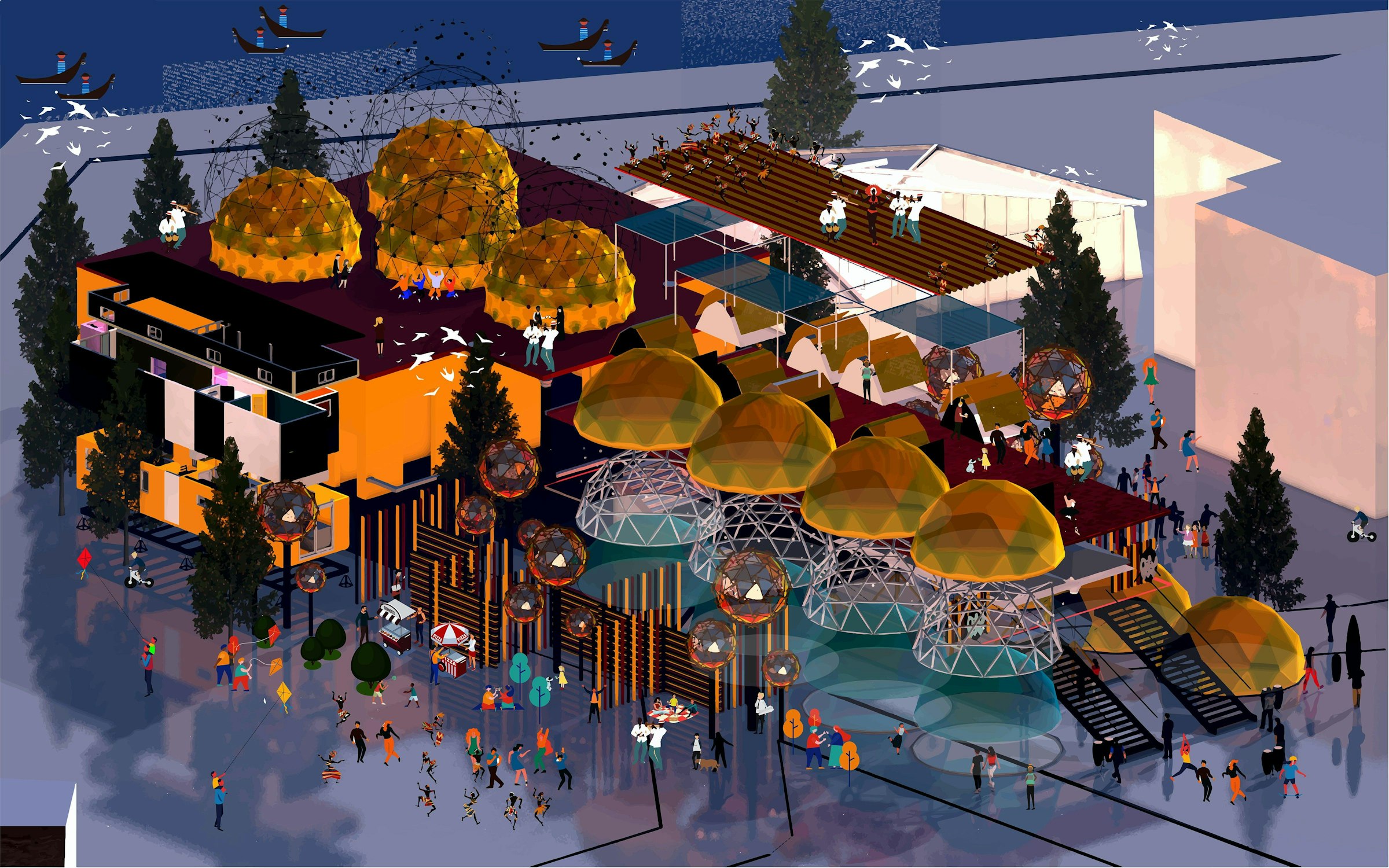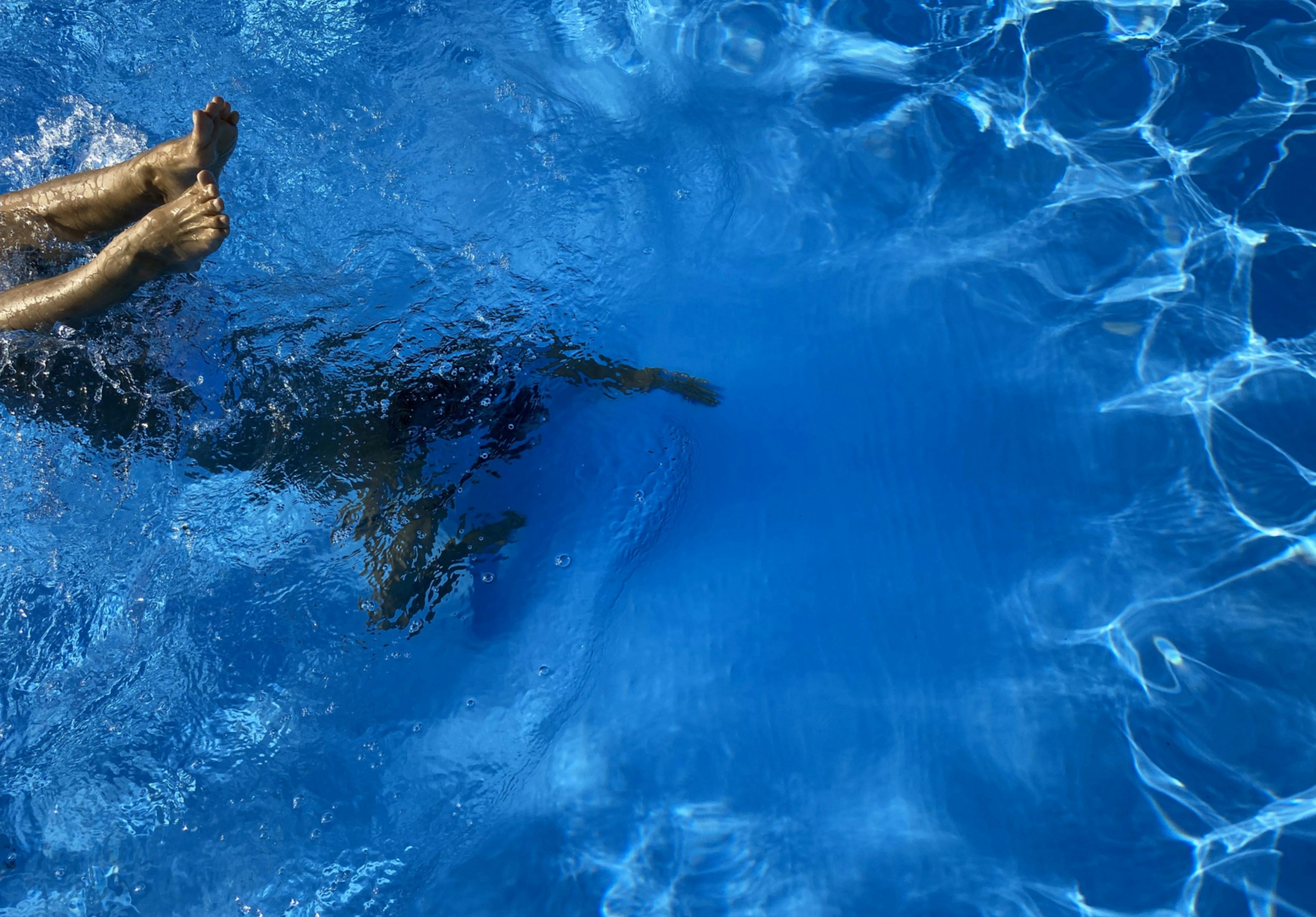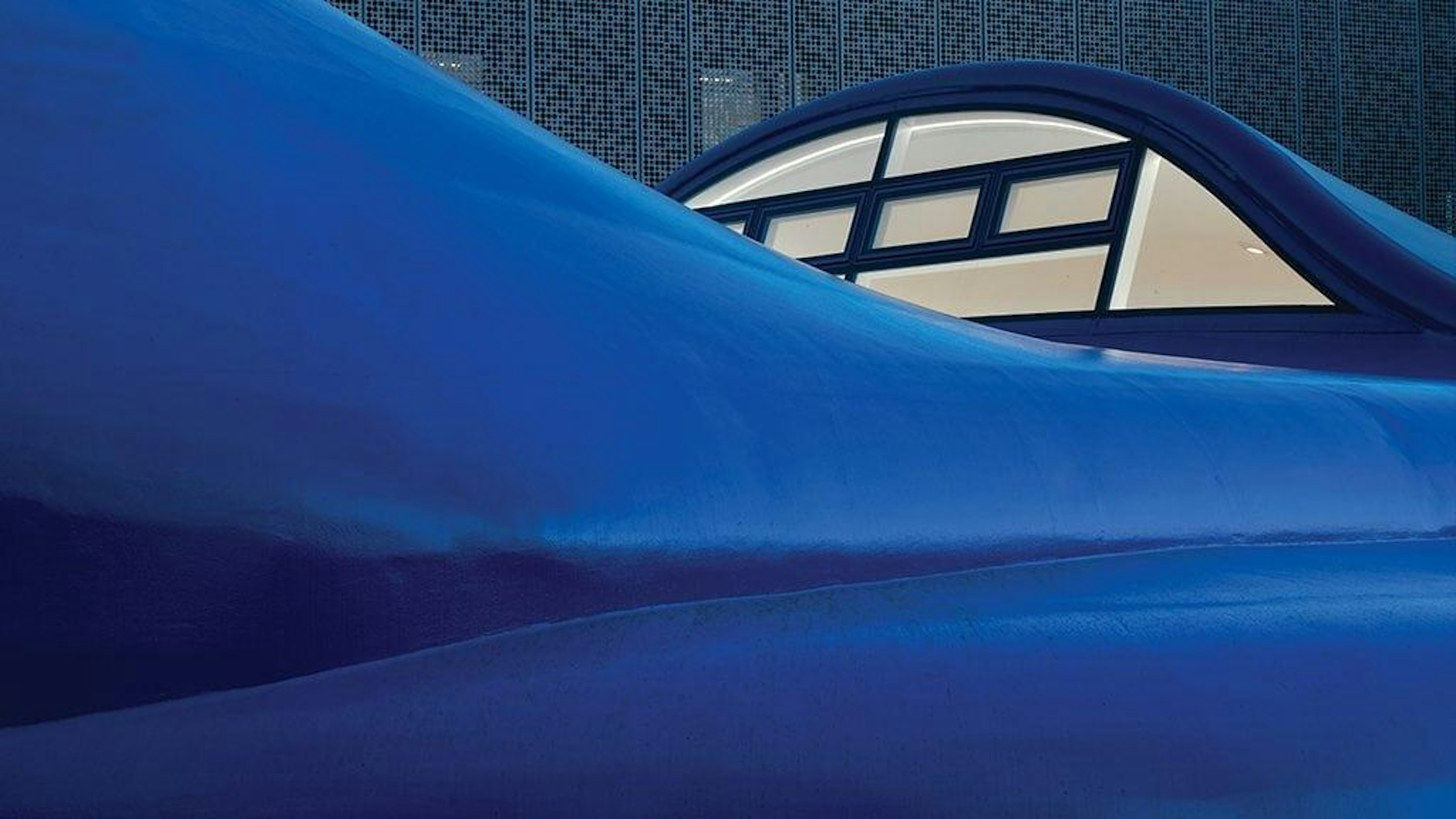
For this project, we focused on racial injustice; specifically, how the beauty industry has played a role in South Asian and African countries. Our goal was to highlight how the use of skin-lightening products negatively impacts the perception of darker skin, while also promoting self-love and cultural pride. We wanted to target teens and young adults, encouraging them to embrace diversity and challenge these harmful beauty standards.
During our research, we touched on issues like whitewashing, concerns about skin tone starting in childhood, and how darker skin can affect opportunities, such as job prospects and marriage. Initially, we planned to explore the beauty industry, nationalism, and the film industry’s contributions to racial injustice. However, after receiving feedback from our tutors, who advised that we were trying to cover too much within the limited time available, we decided to narrow our focus. By concentrating on the beauty industry, we felt we could create a more impactful and personal piece.
We also looked into organisations that aligned with our message and found Dark is Beautiful, an organisation in India that raises awareness of skin-colour bias. Their work really resonated with the themes of our animation and helped guide our approach.
As a team of three, we each took on different roles that helped bring the animation together. I focused mostly on scriptwriting and shaping the story, making sure the message about racial injustice, especially in Asian countries, came through clearly. Umika worked on the visuals, handling character design and background art, while Adi took charge of animating the scenes and timing the movement. We collaborated closely throughout the process, constantly sharing feedback to ensure everything fit together smoothly.
Aside from our core team, we collaborated with a fellow student from our course, Nayanika Sengupta, who provided the voiceover. Her contribution really brought the animation to life, adding an emotional tone that helped emphasise the seriousness of the topic and related to our audience. Nayanika was great to work with and captured exactly what we needed for the narration.
The process was definitely a mix of ups and downs. At one point, we had to redo the entire animation because our first version didn’t quite hit the mark in terms of tone and impact. It wasn’t easy to accept, but it made the final result so much stronger, and I think we learned a lot along the way. Another challenge was making sure we portrayed these sensitive issues in a respectful way without oversimplifying or relying on stereotypes.
In the end, seeing everything come together, hearing the voiceover match the animation and knowing that we’d successfully created an impactful video about a topic that deserves more attention, was incredibly rewarding. We are really proud of how it turned out, and the experience has taught us a lot about problem-solving and persistence.
This issue resonates with many of us in one way or another, and we hope our video sparks important conversations around it.
